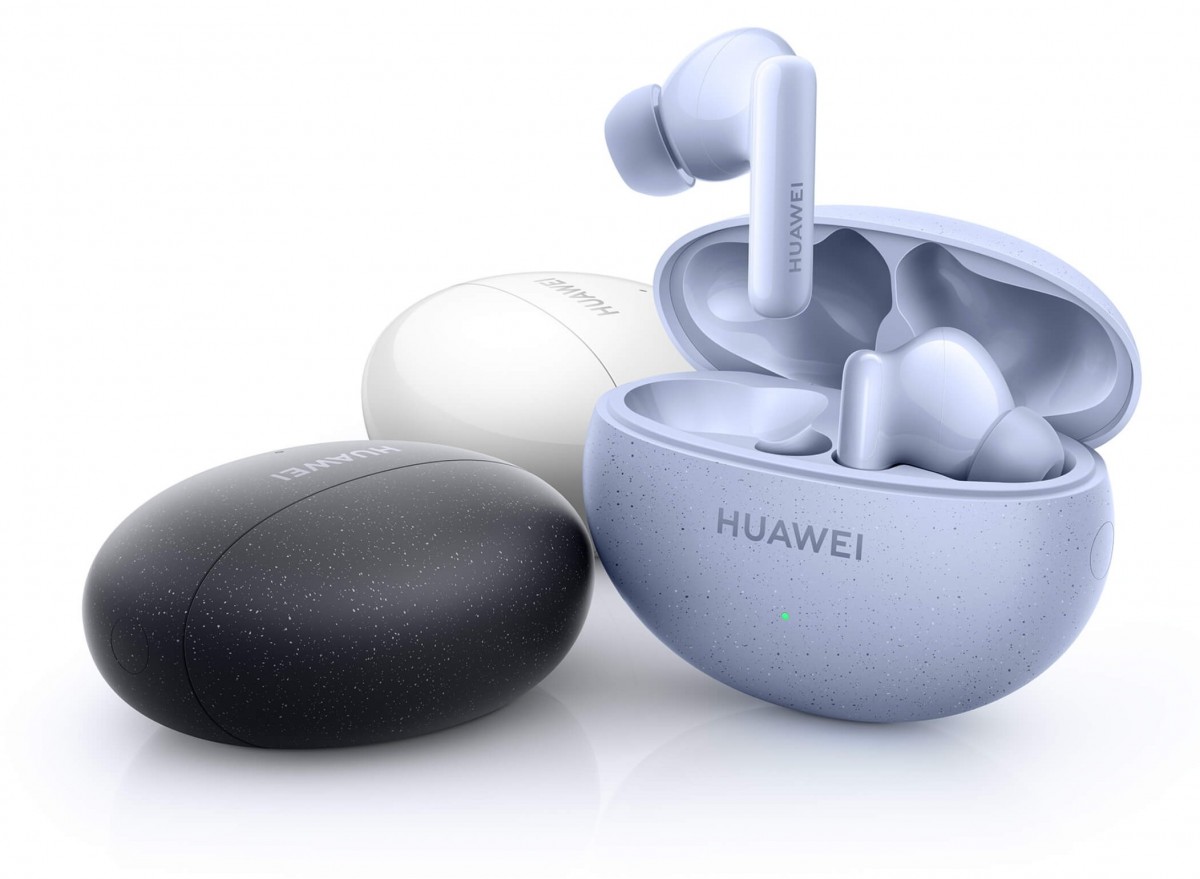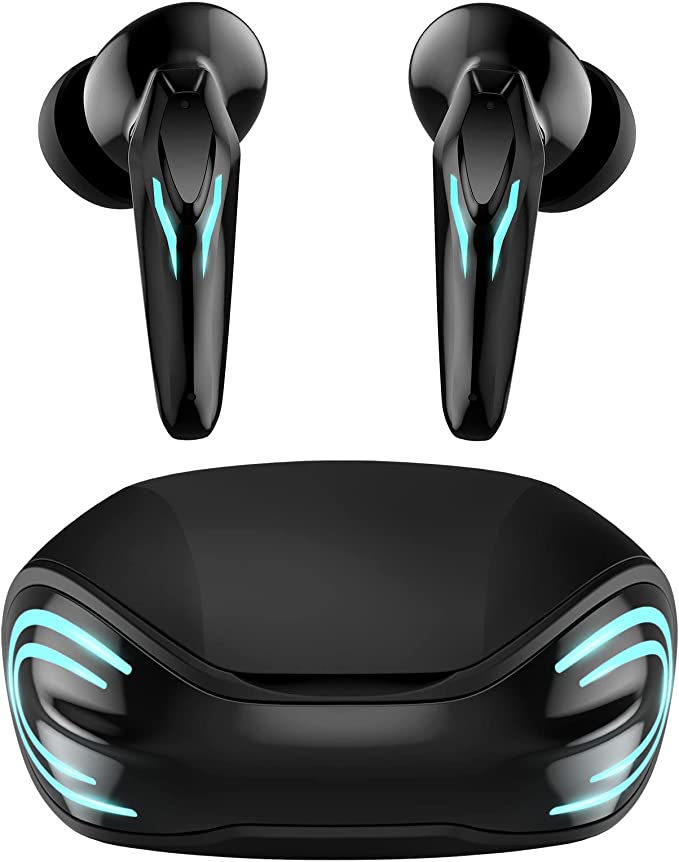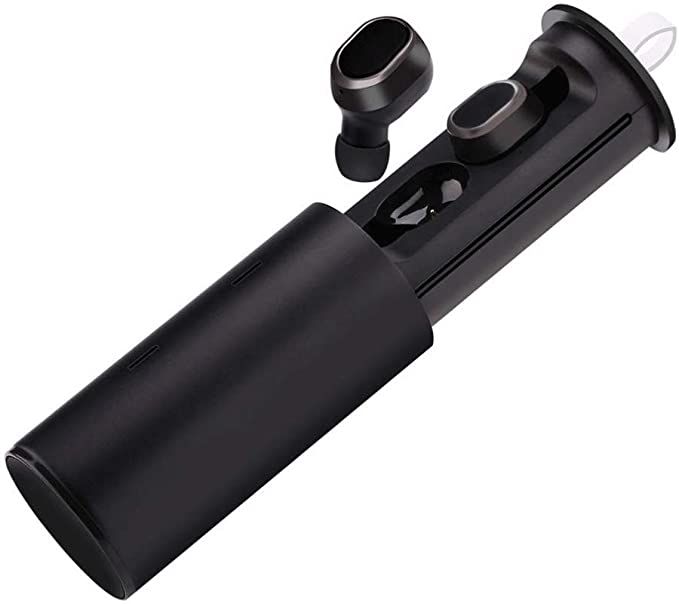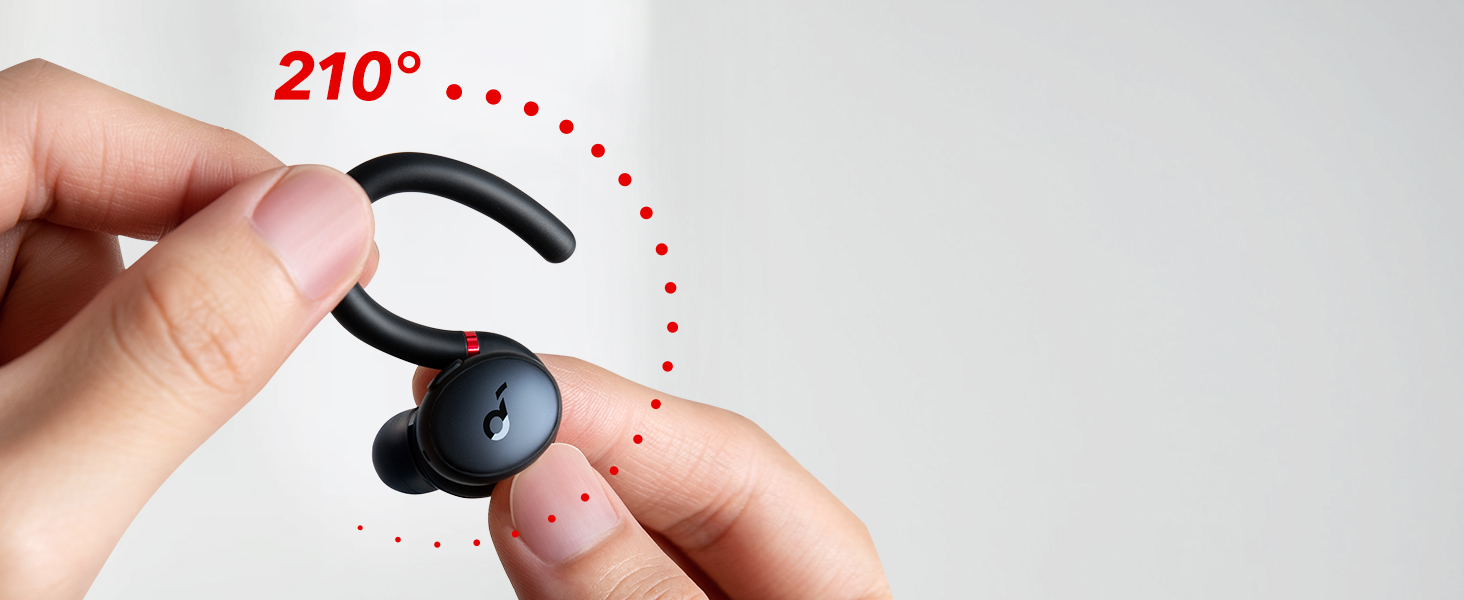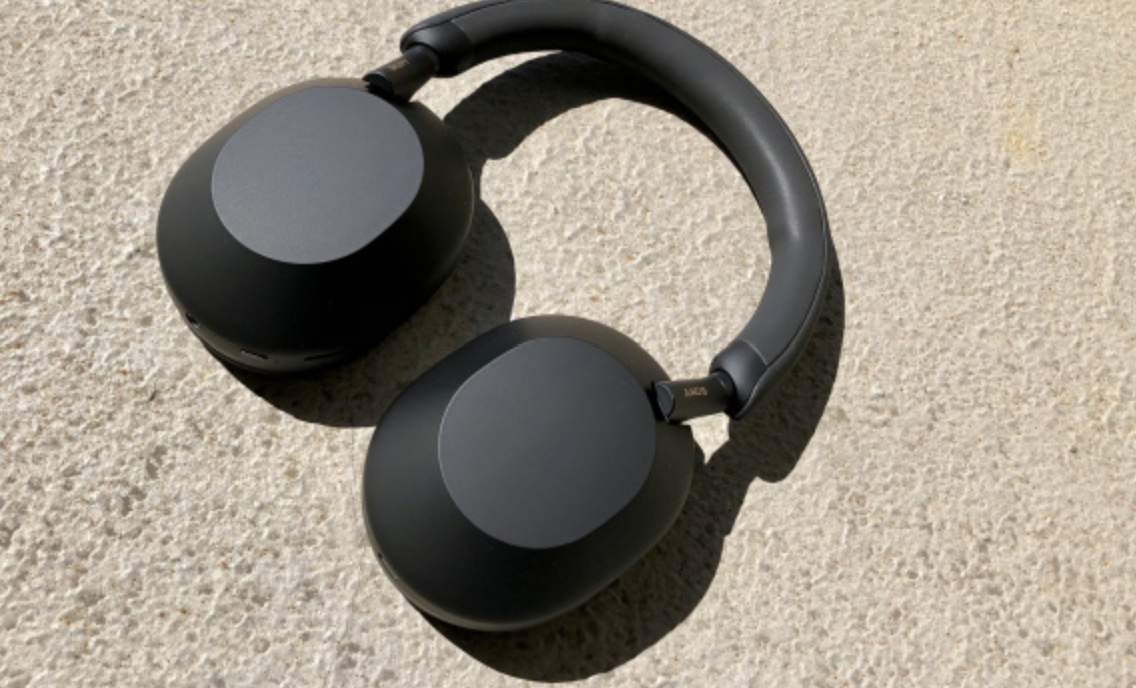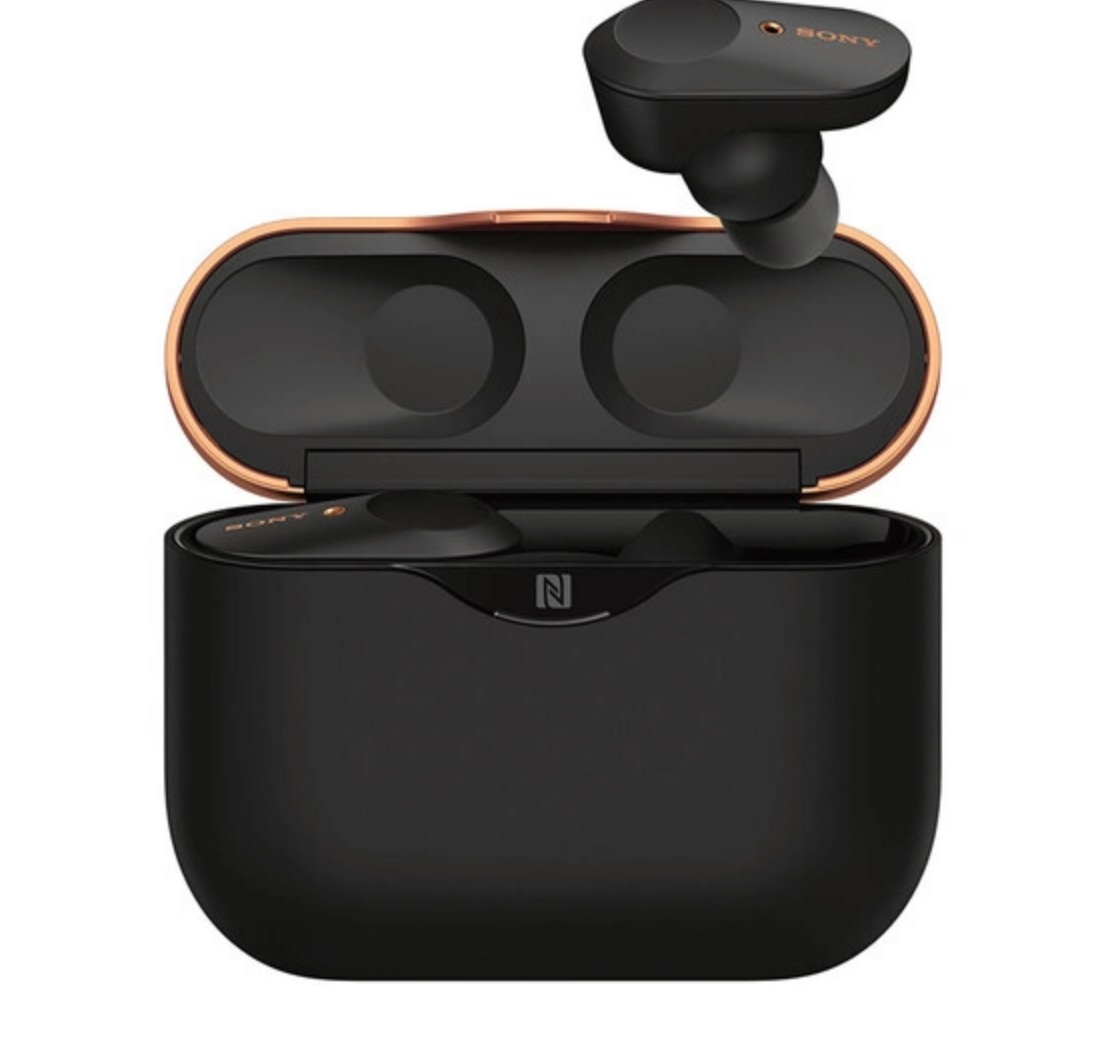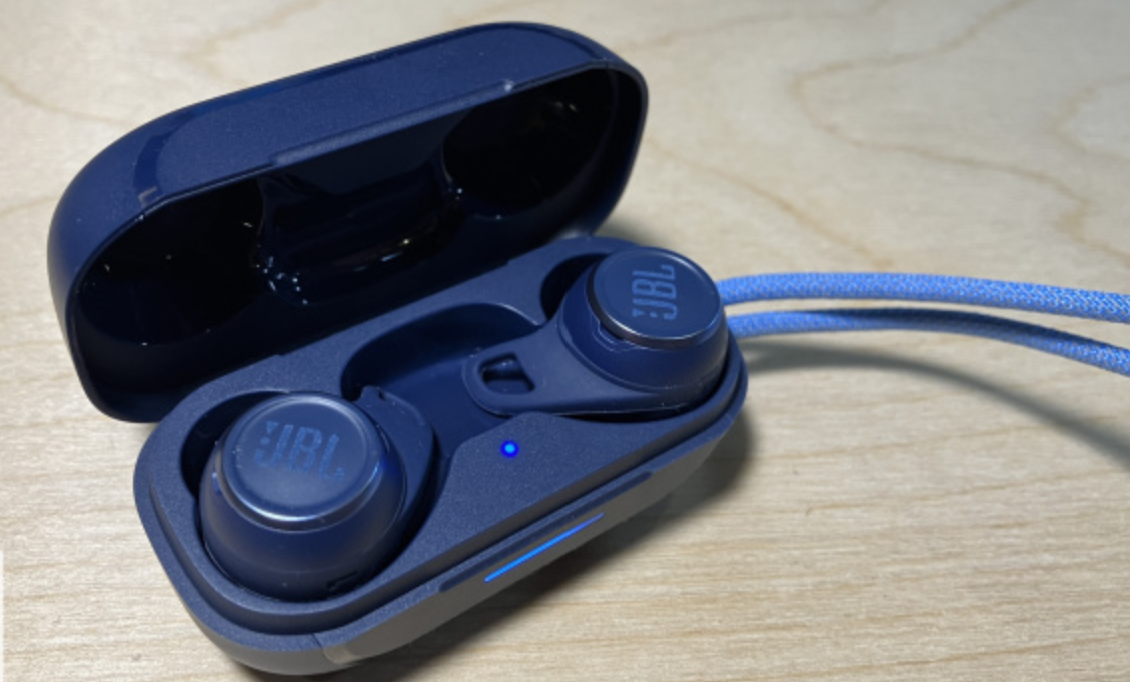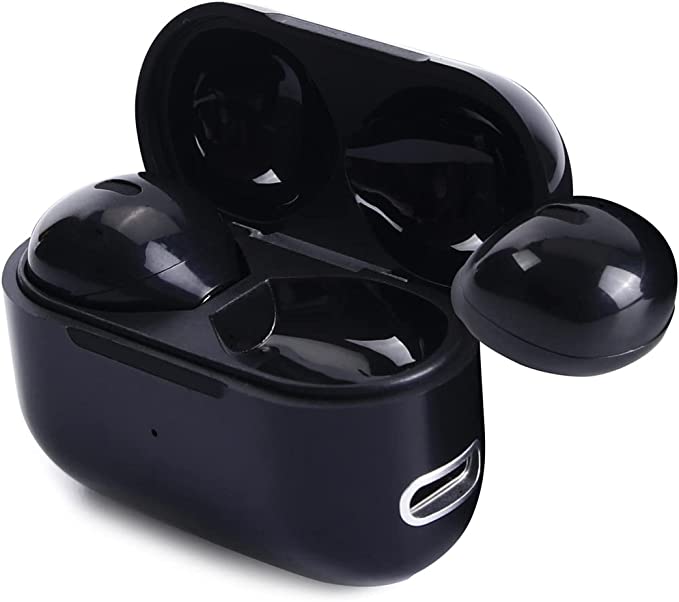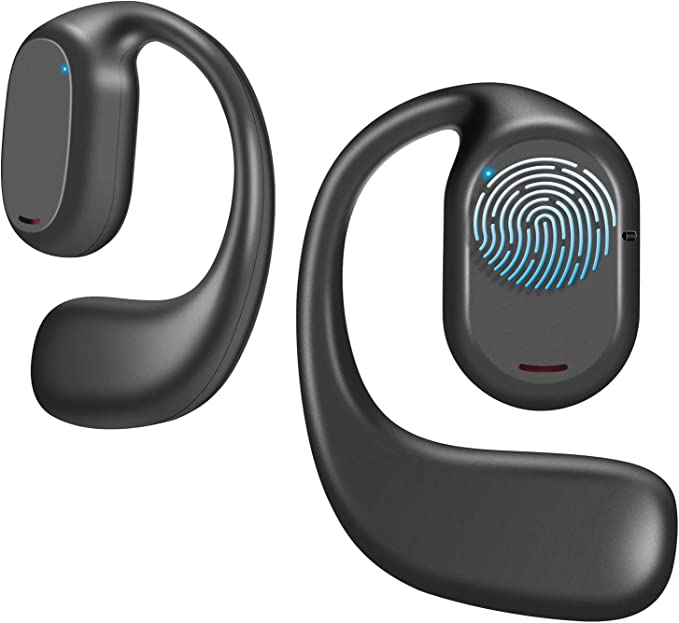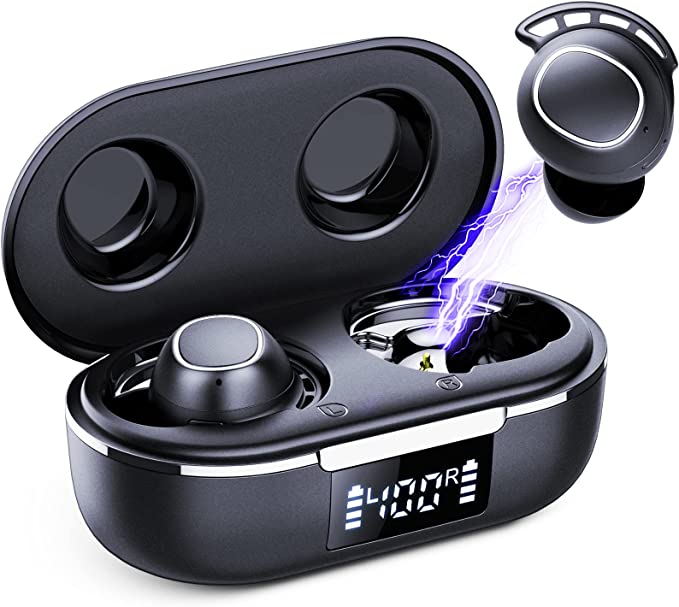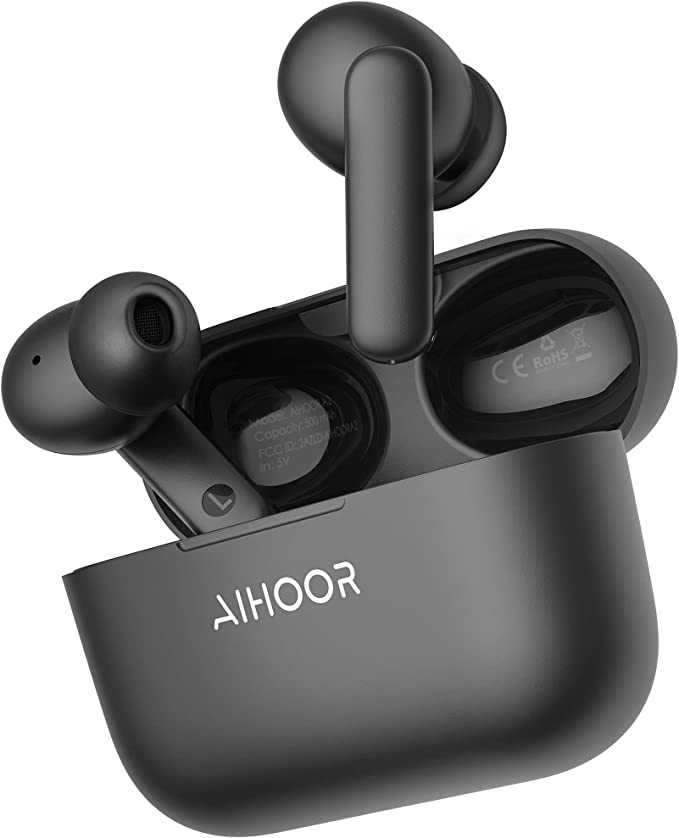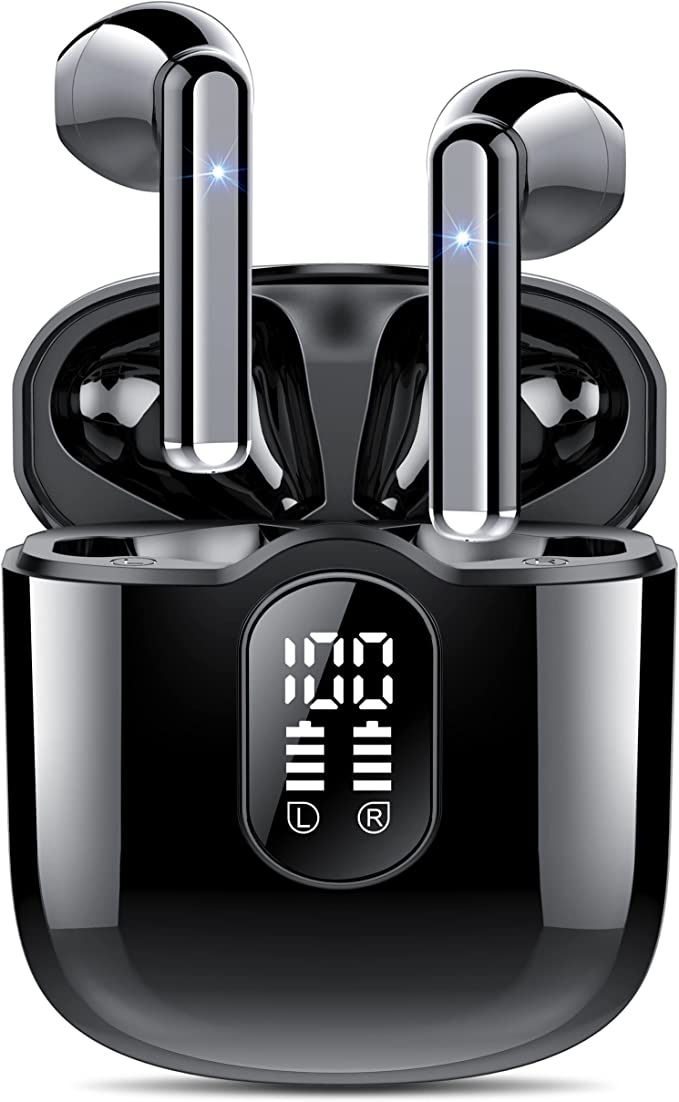Eumspo G3 Wireless Headset: Your Gateway to Crystal-Clear Audio and Uninterrupted Focus
Update on Aug. 5, 2025, 7:31 a.m.
There are the loud noises—the sirens, the alarms, the sudden shouts that command our attention. But then there are the ghost notes, the persistent, insidious sounds that form the background radiation of modern life: the low hum of a server rack, the drone of HVAC systems, the distant rumble of traffic that bleeds through walls. This constant auditory static frays our focus and taxes our cognitive resources. In this environment, silence isn’t an absence; it’s an achievement. And the tools we use to achieve it, like the unassuming Eumspo G3 Wireless Headset, are far more than simple accessories. They are pockets of applied science, intricate symphonies of physics, chemistry, and engineering designed to conduct a single, perfect note of clarity.
Using this headset as our lens, we can dissect the remarkable triad of technologies that converge to create a personal sanctuary of sound, revealing the hidden complexity engineered into our most common gadgets.

The Architecture of Silence: Deconstructing Noise Cancellation
The promise of silencing the world rests on a principle of elegant brutality: to destroy a wave, you must strike it with its perfect opposite. Sound travels as a pressure wave with a distinct shape—a repeating pattern of peaks (compressions) and troughs (rarefactions). The concept of Active Noise Cancellation (ANC), first patented by German physicist Paul Lueg in 1933, hinges on the phenomenon of destructive interference. If you can generate a new sound wave that is an exact mirror image of an unwanted noise—an “anti-noise” wave, 180 degrees out of phase—the two waves will annihilate each other. The peak of one cancels the trough of the other, and the result is, ideally, silence.
Executing this in the real world, within the tiny confines of an earpiece, is a monumental engineering feat. The Eumspo G3’s claim of “Dual Mic Noise Canceling” points to a sophisticated system, likely a form of hybrid ANC. Here’s how the symphony is conducted:
First, an outward-facing microphone acts as a scout, capturing ambient noise before it reaches the ear. This is the “feedforward” part of the system. Simultaneously, a second, inward-facing microphone (often a tiny MEMS, or Micro-Electro-Mechanical System) listens to the sound that has managed to get past the earpiece’s passive seal, right inside the ear canal. This “feedback” component allows the system to correct for any imperfections.
The true conductor of this acoustic orchestra is the Digital Signal Processing (DSP) chip. This miniature computer performs millions of calculations per second. It instantly analyzes the waveforms from both microphones, generates the precise anti-noise signal, and pipes it into the earphone’s speaker, all with imperceptible delay. At the same time, it must intelligently identify the user’s voice—a desirable sound—and ensure it is isolated and enhanced, not canceled. It’s an act of acoustic triage, distinguishing the signal from the noise with breathtaking speed and precision.

The Marathoner’s Heart: The Nobel-Winning Chemistry of Sustained Power
A perfectly silent world is useless if it only lasts for an hour. The G3’s impressive 60-hour total playback time is a testament to another scientific revolution, one that took place in the realm of electrochemistry. The power source for virtually all modern portable electronics is the lithium-ion battery, a technology so transformative its key architects—John B. Goodenough, M. Stanley Whittingham, and Akira Yoshino—were awarded the 2019 Nobel Prize in Chemistry.
Its dominance comes down to a single concept: high energy density. Lithium is the lightest of all metals and has a tremendous electrochemical potential, meaning a very small and lightweight package can store a surprisingly large amount of energy. The process is a delicate dance of ions. During discharge, lithium ions travel from the negative electrode (anode) through an electrolyte to the positive electrode (cathode) in a process called intercalation, releasing a steady stream of electrons that power the device. When charging, an external voltage forces those ions back to the anode, ready for the next cycle.
The G3’s specs provide a clear picture of this system in action. The headset itself holds enough charge for 12-15 hours of continuous use. The 400mAh charging case, however, acts as a dedicated energy reservoir. It’s not just a protective shell; it’s a portable power bank that can replenish the earpiece’s battery four times over. This two-part strategy is a clever piece of energy management, decoupling the device’s wearable weight from its total endurance. The LED display provides the final, crucial piece of the puzzle: a visual interface for this chemical potential, allowing a user to intelligently manage their access to power over days, not just hours.

The Invisible Dance: The Wartime Genius Behind a Stable Connection
The final marvel is the one we most take for granted: the invisible, wireless link. The G3 connects via Bluetooth, a technology that operates in the crowded 2.4 GHz Industrial, Scientific, and Medical (ISM) band—the same slice of the radio spectrum used by Wi-Fi, cordless phones, and even microwave ovens. To maintain a clear and stable connection amidst this cacophony of signals is a challenge that was solved, in principle, long before Bluetooth was conceived.

The core technology that prevents your headset from dropping its connection every few seconds is a technique called Frequency-Hopping Spread Spectrum (FHSS). And its origins are as Hollywood as they are scientific. During World War II, actress Hedy Lamarr and composer George Antheil developed and patented a “Secret Communication System” designed to prevent enemy forces from jamming the radio signals used to guide Allied torpedoes. Their idea was to have both the transmitter and receiver rapidly and synchronously “hop” between different frequencies in a predetermined, pseudo-random pattern. An enemy trying to jam the signal on one frequency would only disrupt a tiny fraction of the total transmission.
Bluetooth is the modern, miniaturized heir to this wartime ingenuity. Your Eumspo G3 and your phone are constantly engaged in this invisible dance, hopping between dozens of different frequencies hundreds of times per second. This is what the “upgraded chip” mentioned in the product data truly manages. A modern Bluetooth 5.X chip orchestrates this dance with incredible efficiency, providing the stable 33-foot range while consuming minimal power. It’s a testament to how a principle developed for military security now provides the seamless, reliable audio experience we demand every day.

Conclusion: The Ingenuity in Our Palm
To hold a device like the Eumspo G3 is to hold a convergence of scientific disciplines. The physics of waves that allows for the creation of silence. The Nobel-winning chemistry that stores and releases energy on command. The brilliant radio engineering that ensures a clear signal in a crowded world. These are not just features on a box; they are the culmination of decades of human curiosity, experimentation, and relentless innovation. They serve as a powerful reminder that even in the most ordinary of objects, there lies an unseen symphony of science, working in perfect harmony to solve the simple, human problem of finding a little bit of quiet.


